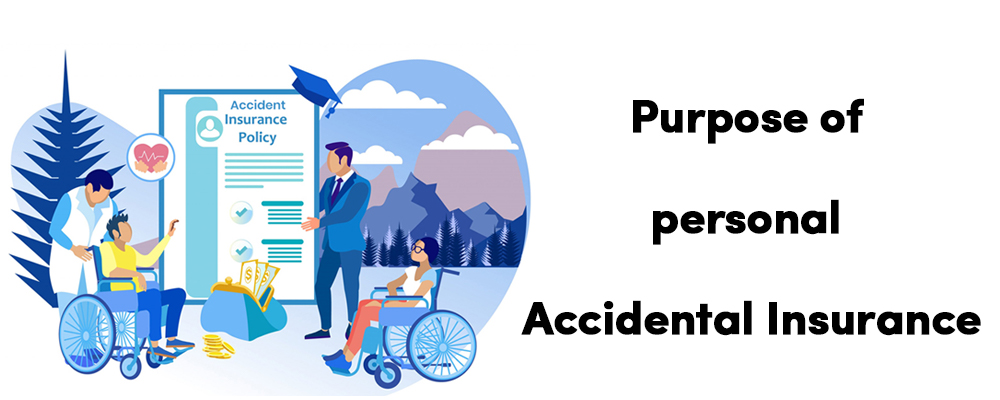Getting My Pacific Prime To Work
Getting My Pacific Prime To Work
Blog Article
The Greatest Guide To Pacific Prime
Table of ContentsThe Single Strategy To Use For Pacific PrimeEverything about Pacific PrimeThe Greatest Guide To Pacific PrimeThe Facts About Pacific Prime RevealedThe Definitive Guide to Pacific Prime

This is due to the fact that the information were collected for a duration of strong economic performance. Of the estimated 42 million individuals who were uninsured, all however concerning 420,000 (concerning 1 percent) were under 65 years of age, the age at which most Americans come to be eligible for Medicare; 32 million were grownups between ages 18 and 65, about 19 percent of all grownups in this age team; and 10 million were youngsters under 18 years old, concerning 13.9 percent of all youngsters (Mills, 2000).
These price quotes of the number of individuals uninsured are created from the yearly March Supplement to the Present Population Survey (CPS), carried out by the Census Bureau. Unless or else noted, national price quotes of individuals without medical insurance and percentages of the populace with various kinds of coverage are based on the CPS, the most commonly utilized source of quotes of insurance policy protection and uninsurance prices.
Top Guidelines Of Pacific Prime

Still, the CPS is specifically valuable since it generates annual estimates relatively quickly, reporting the previous year's insurance policy protection approximates each September, and since it is the basis for a consistent set of price quotes for more than 20 years, enabling evaluation of patterns in protection over time. For these factors, as well as the substantial use of the CPS in various other research studies of insurance protection that are provided in this record, we rely upon CPS estimates, with constraints kept in mind.

The quote of the number of without insurance individuals broadens when a population's insurance policy status is tracked for a number of years. Over a three-year duration starting early in 1993, 72 million people, 29 percent of the united state populace, were without coverage for at the very least one month. Within a single year (1994 ), 53 million individuals experienced a minimum of a month without coverage (Bennefield, 1998a)
6 out of every ten without insurance grownups are themselves employed. Although working does enhance the chance that a person and one's household participants will have insurance policy, it is not an assurance. Even participants of families with two permanent breadwinner have nearly a one-in-ten chance of being without insurance (9.1 percent without insurance rate) (Hoffman and Pohl, 2000).
Top Guidelines Of Pacific Prime
New immigrants make up a significant percentage of individuals without wellness insurance policy. One analysis has actually attributed a significant part of the recent development in the dimension of the U.S. uninsured population to immigrants who showed up in the nation in between 1994 and 1998 (Camarota and Edwards, 2000). Current immigrants (those that pertained to the United States within the previous 4 years) do have a high rate of being uninsured (46 percent), yet they and their children account for just 6 percent of those without insurance coverage country wide (Holahan et al., 2001).
The connection in between wellness insurance policy and accessibility to care is well developed, as documented later in this chapter. The connection between health insurance policy and health and wellness results is neither direct neither basic, a substantial clinical and wellness services study literature links wellness insurance coverage to better accessibility to care, better top quality, and boosted personal and population wellness condition.
Levels of evaluation for checking out the results of uninsurance. This discussion of wellness insurance coverage concentrates primarily on the united state population under age 65 due to the fact that essentially all Americans 65 and older have Medicare or other public insurance coverage. Moreover, it concentrates specifically on go to this website those with no health and wellness insurance for any kind of length of time.
The Facts About Pacific Prime Revealed
The troubles encountered by the underinsured remain in some areas comparable to those dealt with by the without insurance, although they are normally less serious. global health insurance. Uninsurance and underinsurance, nonetheless, include noticeably various policy issues, and the strategies for resolving them might vary. Throughout this research study and the five records to adhere to, the primary focus is on individuals without any health insurance and thus no aid in spending for healthcare past what is offered through charity and safety internet institutions
Medical insurance is a powerful factor influencing receipt of treatment since both clients and medical professionals react to the out-of-pocket price of solutions - https://pacificpr1me-2.creator-spring.com. Health insurance, however, is neither essential neither adequate to get to clinical solutions. The independent and direct result of health insurance policy protection on access to wellness solutions is well established.
Others will certainly obtain the wellness care they require even without wellness insurance, by spending for it out of pocket or seeking it from providers that offer care totally free or at extremely subsidized prices. For still others, medical insurance alone does not guarantee invoice of care since of various other nonfinancial barriers, such as a lack of wellness care suppliers in their community, restricted accessibility to transport, illiteracy, or linguistic and cultural distinctions.
Not known Incorrect Statements About Pacific Prime
Formal research concerning uninsured populations in the USA dates to the late 1920s and very early 1930s when the Board on the Price of Medical Treatment produced a series of records about financing physician office check outs and hospital stays. This concern came to be salient as the numbers of medically indigent climbed during the Great Anxiety.
Report this page